Prices in AUD. Shipping worldwide. Flat rate $8 postage per order within Australia. International by weight calculated at checkout. Read full terms.
-
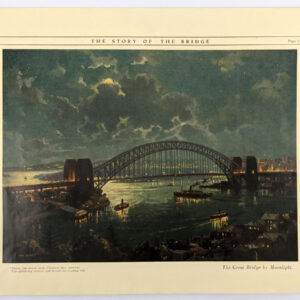
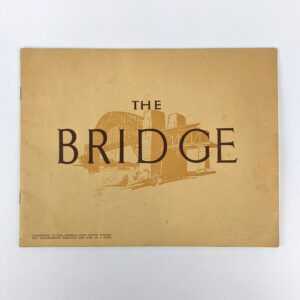
The Bridge: From the Story Broadcast by Dr. J. J. C. Bradfield
AU$300.00 Read MoreAdd to cartJ. J. C. Bradfield
Sydney: N.S.W. Bookstall Co., No date.John Job Crew Bradfield (1867-1943) was the Australian engineer who helped to conceive of, and then supervise, the design and construction of the Sydney Harbour Bridge. He was involved in constructing other major Australian infrastructure projects including Sydney’s Underground Railway and Brisbane’s Story Bridge. This 1930s booklet, illustrated with numerous sepia-tone photographic illustrations and one full page colour illustration, The Great Bridge by Moonlight, by John Charles Allcot (1888-1973, tells Bradfield’s story of the creating the Bridge from figment to reality.
-
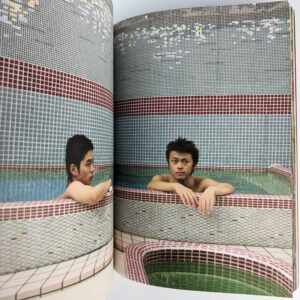
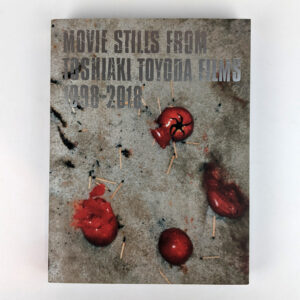
Movie Stills from Toshiaki Toyoda Films, 1998-2018
AU$65.00 Read MoreAdd to cartToshiaki Toyoda
Tokyo: Gambit Publishing, 2018. -
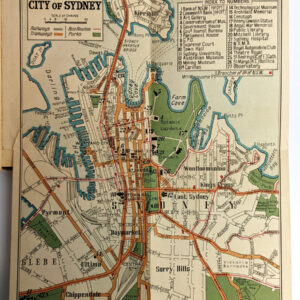
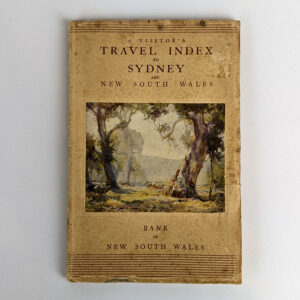
A Visitor’s Travel Index to Sydney and New South Wales
AU$150.00 Read MoreAdd to cartBank of New South Wales
Sydney: Travel Department, Bank of New South Wales, 1938.1930s travel guide to New South Wales with the folding colour map tipped in front.
-
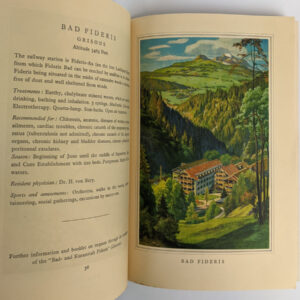
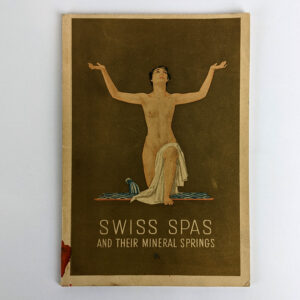
Swiss Spas and Their Mineral Springs
AU$40.00 Read MoreAdd to cartAssociation of Swiss Spas
Zurich and Lausanne: Association of Swiss Spas with the co-operation of The Swiss National Tourist Office, No date. -
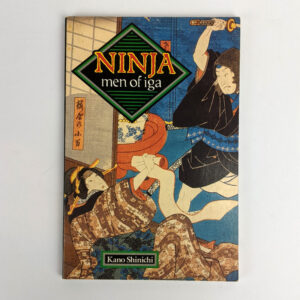
Ninja: Men of Iga
AU$50.00 Read MoreAdd to cartKano Shinichi
Thousand Oaks: Dragon Books, 1989. -
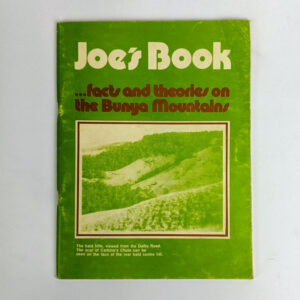
Joe’s Book: Facts and Theories on the Bunya Mountains
AU$30.00 Read MoreAdd to cartJoe Walker
[Dalby]: Joe Walker, 1978. -
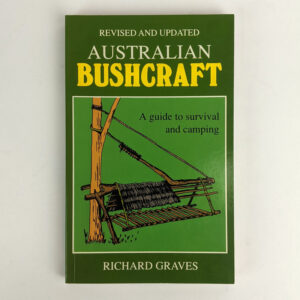
Australian Bushcraft: A Guide to Survival and Camping
AU$50.00 Read MoreAdd to cartRichard Graves
Sydney: Child & Associates, 1989. -
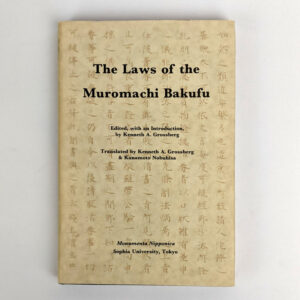
The Laws of the Muromachi Bakufu: Kemmu Shikimoku (1336) & Muromachi Bakufu Tsuikaho
AU$200.00 Read MoreAdd to cartKanamoto Nobuhisa; Kenneth A. Grossberg
Tokyo: Monument Nipponica, Sophia University, 1981.On the history of constitutional law in Japan, specifically the Muromachi period, once described by historian Sir George Sansom as being an age of “much law and little justice”.
-
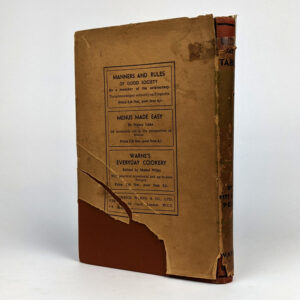
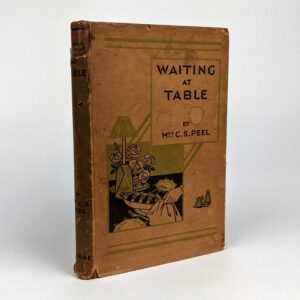
Waiting at Table: A Practical Guide Including Parlourmaid’s Work in General
AU$100.00 Read MoreAdd to cartC. S. Peel
London: Frederick Warne & Co, No date.1930s British guide to table service and hospitality including how to lay the table, service of dessert, beverages, cigars, how to carve, pantry work, and other duties. Single typescript leaf of service instructions laid in.
-
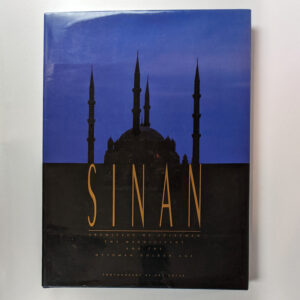
Sinan: Architect of Suleyman the Magnificent and the Ottoman Golden Age
AU$60.00 Read MoreAdd to cartJohn Freely; Augusto Romano Burelli; Ara Guler
London: Thames & Hudson, 1992. -
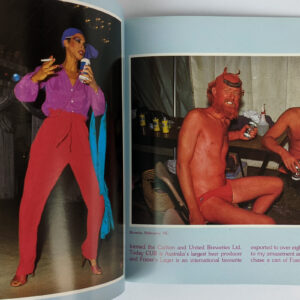

Life’s a Beer
AU$200.00 Read MoreAdd to cartRennie Ellis
Melbourne: Ross Books, 1984.A continuation of Rennie Ellis’ ‘Life’s a…’ series. Australians enjoying beer, casually at the beach or in private settings, or wildly, at raucous parties in all of their 1980s glory.
-
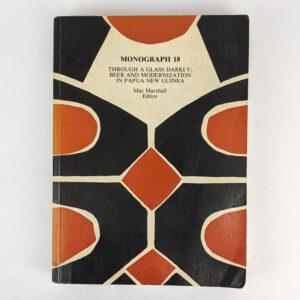
Through a Glass Darkly: Beer and Modernization in Papua New Guinea
AU$60.00 Read MoreAdd to cartMac Marshall
Port Moresby: The Institute of Applied Social and Economic Research, 1982.Monograph 18. Prior to this publication there was very limited academic research dedicated to the consumption of alcohol in Oceania. This book covers the cultural and ceremonial use of alcohol and kava in PNG, as well as the sociological impact of cultural associations and attitudes toward alcoholism.
-
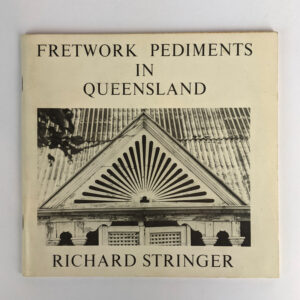
Fretwork Pediments in Queensland
AU$50.00 Read MoreAdd to cartRichard Stringer
Brisbane: University Art Museum, University of Queensland, 1982.Catalogue for an exhibition of architectural photographs showing fretwork pediment designs adorning the front of Queensland homes by Richard Stringer. Short essay and biographies of notable fret-cutters by Dianne Byrne.
-
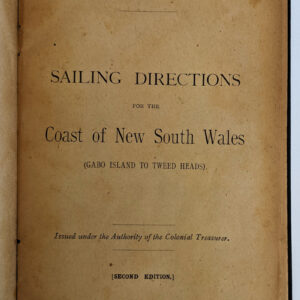
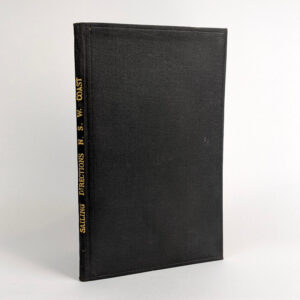
Sailing Directions for the Coast of New South Wales (Gabo Island to Tweed Heads)
AU$120.00 Read MoreAdd to cartDepartment of Navigation, N. S. W
Sydney: William Applegate Gullick, 1920.Issued under the Authority of the Colonial Treasurer.
-
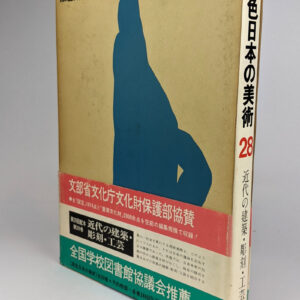
![Genshoku Nihon no Bijutsu [Primary Colours of Japanese Art] (30 Volumes)](https://www.thebookmerchantjenkins.com/wp-content/uploads/0032313-300x300.jpg)
Genshoku Nihon no Bijutsu [Primary Colours of Japanese Art] (30 Volumes)
AU$2,200.00 Read MoreAdd to cartTerukazu Akiyama
Tokyo: Shogakkan, 1966-1972.A complete set of large format pictorial Japanese encyclopedias on Japanese history, religion, art, culture, architecture, antiquities, and more. Most volumes are first printings, with the occasional reprint. Each volume is dedicated to a different subject. Full list of titles: 1. Genshi bijutsu [Ancient Japanese Art]; 2. Horyuki [Horyu-ji Temple]; 3. Nara no jiin to Tenpyo chokoku [Temples and Sculptures in Nara in the Tenpyo Period]; 4. Shosoin; 5. Mikkyo jiin to Jogan chokoku [Esoteric Buddhism Temples and Jogan Sculptures]; 6. Amidado to Fujiwara chokoku [Amidado and Fujiwara Sculpture]; 7. Butsuga [Buddhist Painting]; 8. Emakimono 9. Chusei jiin to Kamakura chokoku [Medieval Temples and Kamakura Sculpture]; 10. Zendera to sekitei [Zen Temples and Rock Gardens]; 11. Suibokuga [Ink Painting]; 12. Shiro to shoin [Architecture of Castles and Halls]; 13. Shoheiga [Screen Paintings]; 14. Sotatsu to Korin [Japanese Illustrators]; 15. Katsurarikyu to chashitsu [Katsura Imperial Villa and Tea Room]; 16. Jinja to reibyo [Shrines and Mausoleums]; 17. Ukiyoe; 18. Nanga to shaseiga [Japanese Painting]; 19. Togei [Pottery]; 20. Senshoku, shikko, kinko [Dyeing and Weaving, Lacquer work, Metalwork]; 21. Katchu to token [Armour and Swords]; 22. Sho [Calligraphy]; 23. Men to shozo [Portraits]; 24. Fuzokuga to ukiyoeshi [Genre paintings and Ukiyo-e artists]; 25. Nanban Bijutsu to yofuga [Nanban art and Western-style painting]; 26. Kindai no Nihonga [Modern Japanese Painting]; 27. Kindai no yoga [Modern Western Paintings]; 28. Kindai no kenchiku, chokoku, kogei [Modern Architecture, Sculpture, and Crafts]; 29. Shorai bijutsu (kaiga, sho) [Painting and Calligraphy)]; 30. Shorai bijutsu togei [Pottery].
-
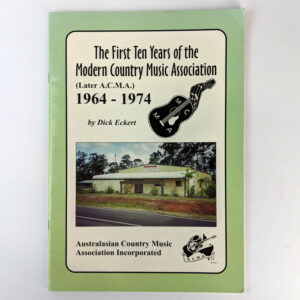
The First Ten Years of the Modern Country Music Association (Later A.C.M.A.), 1964-1974
AU$30.00 Read MoreAdd to cartDick Eckert
Yandina: Australasian Country Music Association Incorporated, 2001. -
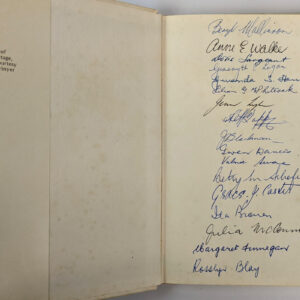
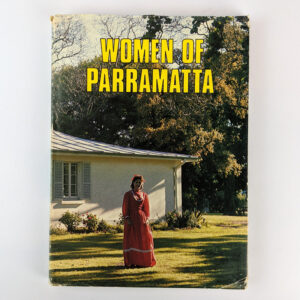
Women of Parramatta
AU$60.00 Read MoreAdd to cartJulia McConnochie
Sydney: Ladies’ Auxiliary of the Parramatta Trust, 1977.This copy includes seventeen signatures of the Ladies’ Auxiliary of the Parramatta Trust.
-
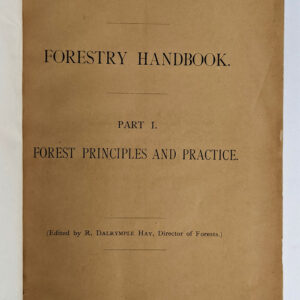
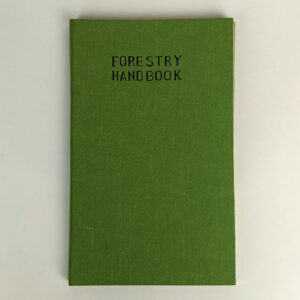
New South Wales Forestry Handbook Part I: Forest Principles and Practice
AU$100.00 Read MoreAdd to cartR. Dalrymple Hay
Sydney: William Applegate Gullick, Government Printer, 1915. -
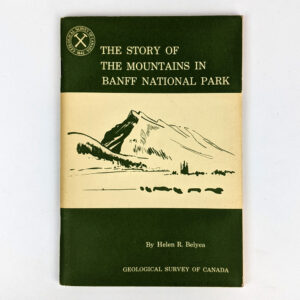
The Story of the Mountains in Banff National Park
AU$10.00 Read MoreAdd to cartHelen R. Belyea
Ottawa: Geological Survey of Canada, Department of Mines and Technical Surveys, 1960. -
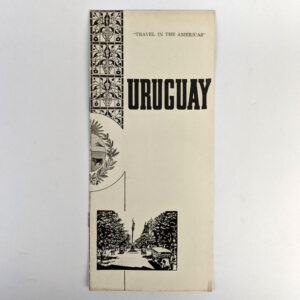
Travels in the Americas: Uruguay
AU$10.00 Read MoreAdd to cartTravel Division, Pan American Union
: Travel Division, Pan American Union, No date.
